Transport managers know all too well that wasted miles equals wasted money. Fuel prices have soared this past year and don’t show signs of significantly decreasing any time soon. Therefore, ensuring your transport operations are as efficient as possible has never been more essential. Throw in the headache of unexpected delays and detours and it’s a recipe for disaster, with lost income and disappointed customers.
Routing and scheduling software can significantly cut costs by automatically managing the full range of transport constrictions that logistic operations face daily. Still, you can implement several additional practices to optimise your vehicle route.
Route planning
The weight of a vehicle can significantly impact fuel consumption; the heavier your load, the more rapidly your fuel levels will deplete. Optimising your routes to deliver the heaviest items is a simple step to reduce fuel consumption. Equivalently, collecting the heaviest items last will cut down your fuel expenditure, as they’ll only increase the weight of your vehicle for the remainder of the route rather than the entire journey.
Most modern route-planning software can produce a series of planned drop-offs following this money saving strategy.
Combining deliveries and collections
Allocating collections and deliveries to the same vehicle, by coupling supplier backhauls and delivery schedules, for example, can improve efficiency and increase production times. In addition, combining deliveries and collections enables your driver and vehicle to carry out both operations without unnecessary trips back to the depot, reducing time and fuel costs.
Implementing this system may be time-consuming, but route planning software can make managing deliveries and collections a straightforward coordination process.
Depending on your business, this could be a fundamental process that assists with output production. If you supplied oil, for example, collecting empty containers for replenishment would reduce the number of containers needed at the production site.
Utilising vehicle load
Utilising vehicle space ensures you efficiently use every cubic meter of cargo space. You can use metric data on the size of your freight to make sufficient use of vehicle space while considering other complexities involved when developing improved routes and schedules.
Whether you’re transporting groceries or furniture, maximising the volume of your shipment will reduce the number of vans or HGVs on the road, in turn reducing associated operational costs.
Eliminating obstacles
You can integrate vehicle tracking information with route planning software, which will allow you to analyse the performance of your route planning strategies. For example, this information enables you to establish if the miles driven during each journey are higher than approximated or if a driver hasn\’t reached their destination at the scheduled time. Furthermore, this data allows the transport manager and the driver to identify any obstructions and determine what can be evaded moving forward. Additionally, examining operational information enables you to keep transport costs to a minimum, whilst also reducing your carbon footprint.
Supply chain solutions
Bluestones Staffing is a dedicated recruitment partner specialising in logistics and industrial sectors. We provide bespoke solutions to organisations throughout the supply chain, including temporary, contract, and permanent staff built around the needs of your business.
So, if you want to find out more about how we can support your recruitment needs, head over to our Client Services page, where you can explore our client services and make an enquiry using our short and simple form.










